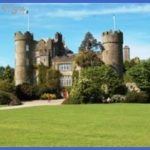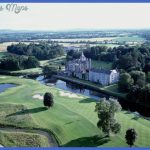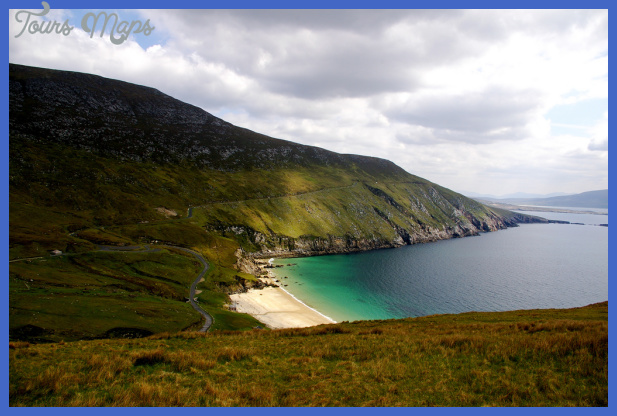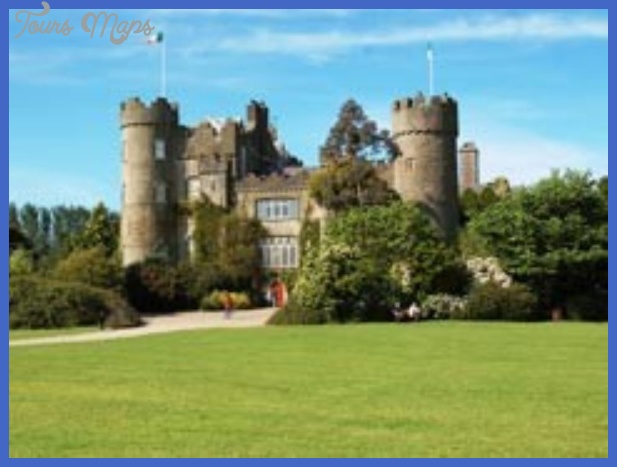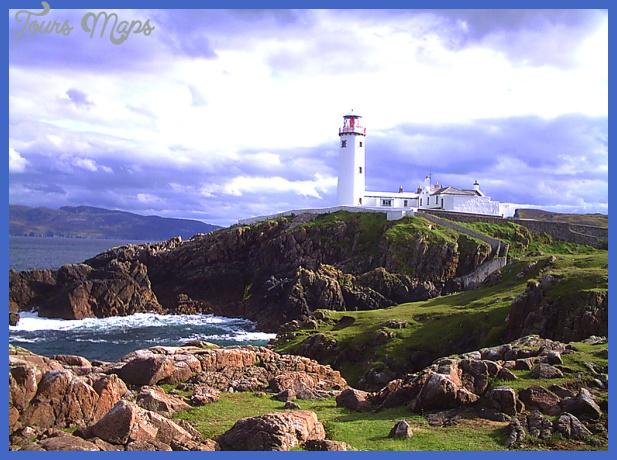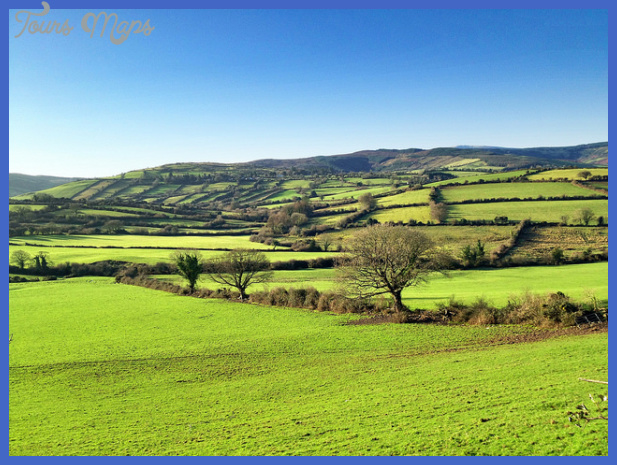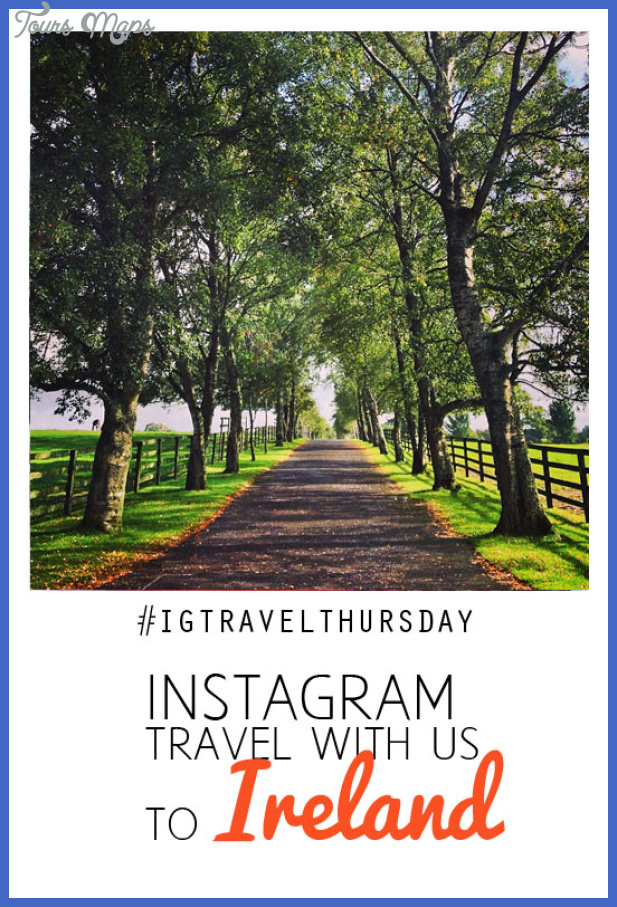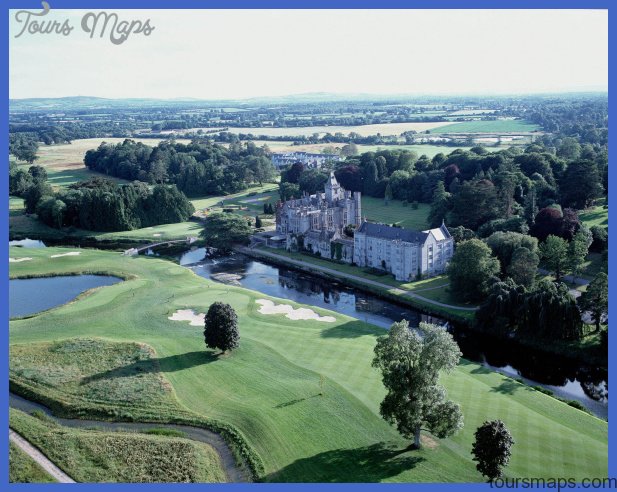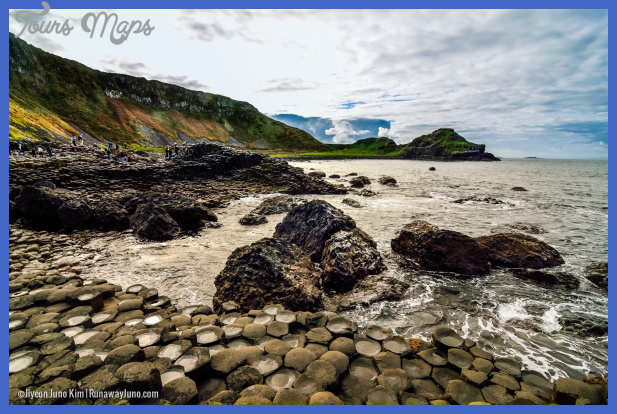SIGHTS
Casino Marino; Christ Church Cathedral (1038); City Hall; Custom House; Dublin Castle; Fitzwilliam Square, Four Courts; General Post Office; Grafton Street; Grand Canal; Guinnes Brewery (St. James’ Gate); Halfpenny Bridge; Heuston Station; Kilmainham Jail; Leinster House; Liberties; Mansion House; Market Arcade; Archbishop Marsh’s Library; Merrion Square – ‘The Doors of Dublin’; Mountjoy Square, National Gallery of Ireland; National Library; National Museum; Old Parliament House (College Green); O’Connel St., Phoenix Park (e. g. Dublin Zoo); Quays (walk along the River Liffey); Rotunda Hospital; Royal Canal; Royal Dublin Society (Ballsbridge, Dublin Horse Show in summer); Royal Hospital (Kilmainham); St. Patrick’s Cathedral (1190); St. Stephen’s Green; St. Werburgh’s Church; Tailor’s Hall, Trinity College (the Old Library’s Long Room houses the Book of Kells); Temple Bar Area. in the 8th century, when Ireland was known as the ‘Island of Saints and Scholars’. 20th century Dublin will be remembered as the City of Writers, three Nobel Prize winners amongst them: Yeats, Shaw, Joyce, Wilde, O’Casey, Becket… Toss a pebble into any of the pubs of Dublin, it is said, and you are sure to hit a poet! It is also said that if Dublin disappeared without a trace, it would be possible to rebuild it as it was from the ‘map’ of Joyce’s ULYSSES.
It would be more accurate to say, however, that Joyce’s Dublin can be re-discovered in the 1990’s not with your eyes, as you might explore Athens or Rome, but with your soul; in a rapidly changing world, the unchanging spirit of Dublin can still be perceived by the discerning visitor. Every year, on June 16, Dubliners celebrate what is now known as ‘Bloomsday’, named after Leopold Bloom, the main character in ULYSSES, who wandered the streets of Dublin on June 16,1904. It is a great credit to Joyce’s comic masterpiece that there are people in Dublin today who believe that Leopold Bloom and all his fellow Dubliners were as real as yesterday and not merely characters in a book! Joyce enthusiasts and academics travel to Dublin from all over the world to retrace the steps of these people, starting at the Martello Tower in Sandycove (now the Joyce Museum) where the book ULYSSES begins. One of the most enlightened contributions to the modernisation of Dublin has been the introduction of pedestrianised shopping areas: it is always a pleasure to stroll down the middle of Grafton Street, one of the most fashionable streets in Europe. Only minutes from there on foot is St. Stephen’s Green, a delightful city-center park where you sit and pause for a thought or stroll about and feed the ducks. Dublin is well-endowed with attractive parks and the magnificent Phoenix park in the northwest side of the city is the largest urban park in Europe.
Travel to Ireland Photo Gallery
Maybe You Like Them Too
- The Best Cities To Visit in The World
- World’s 10 Best Places To Visit
- Coolest Countries in the World to Visit
- Travel to Santorini, Greece
- Map of Barbados – Holiday in Barbados


